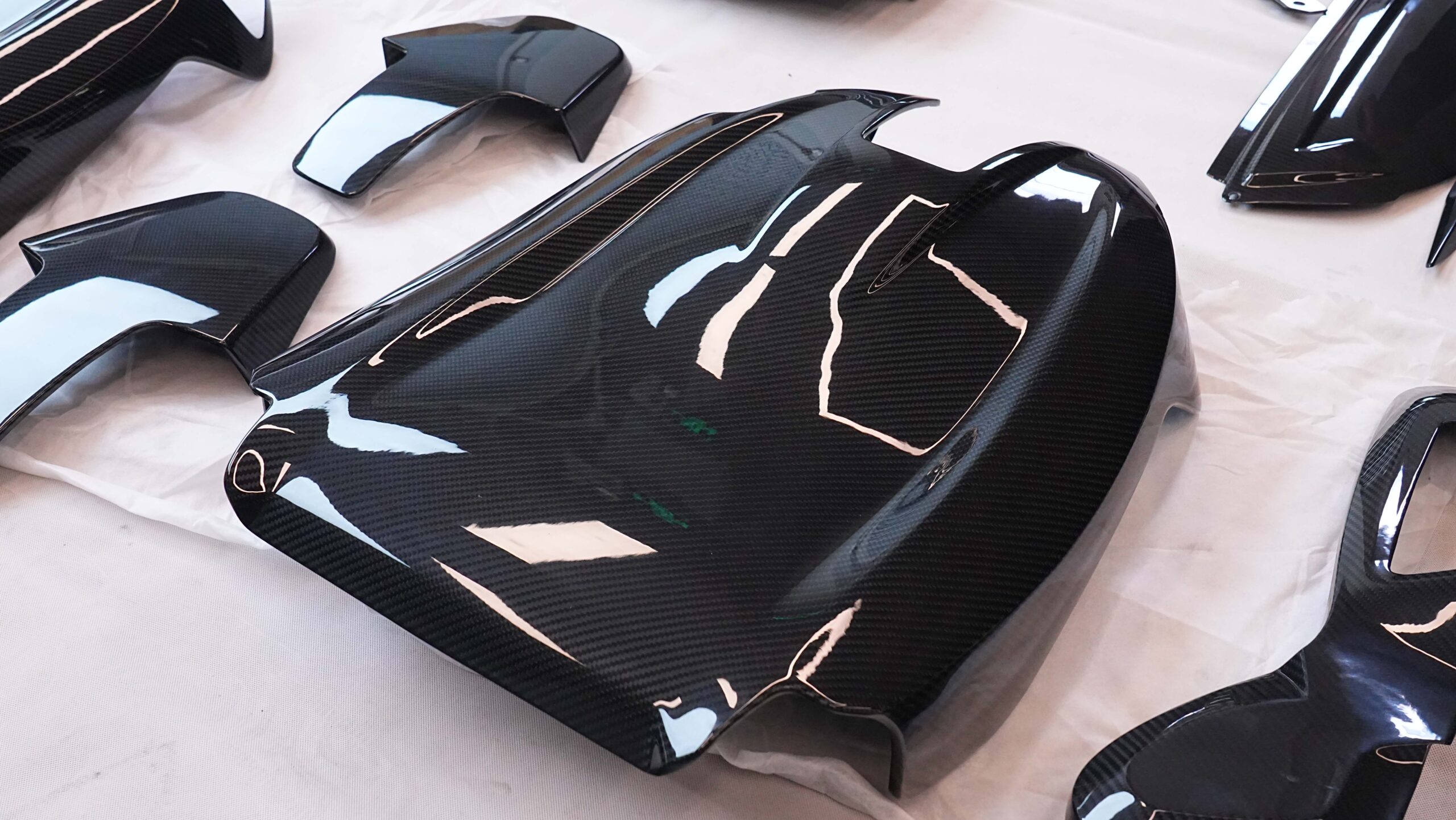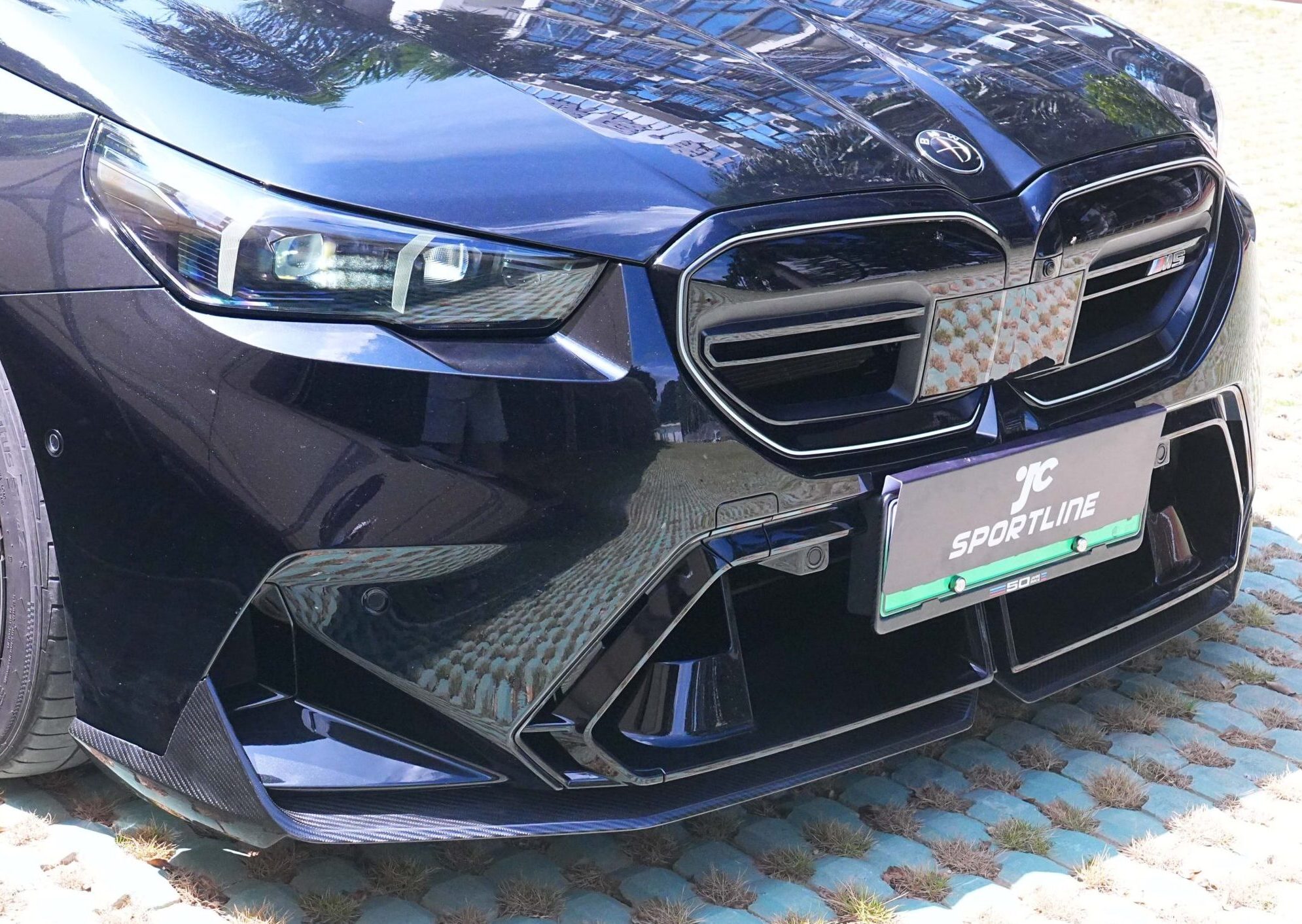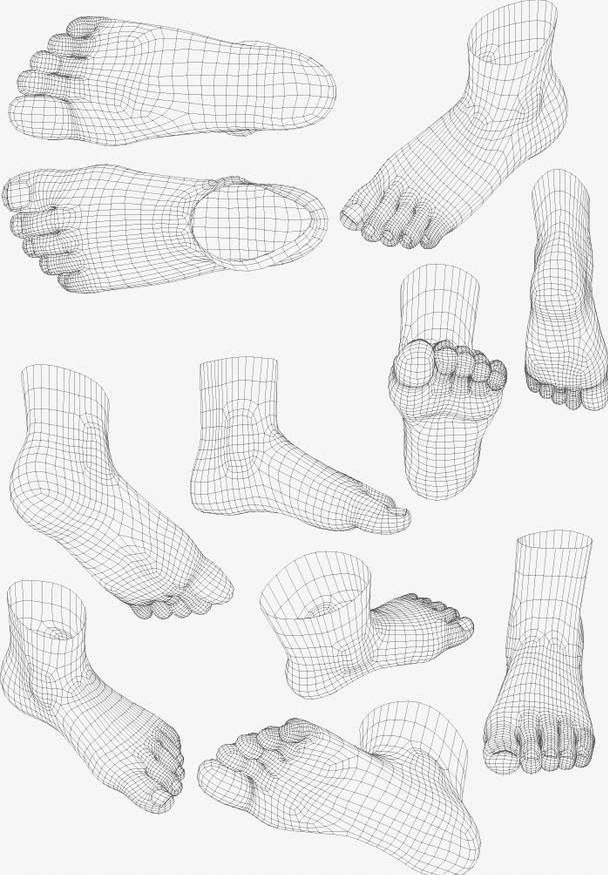Table of Contents
Forged carbon fiber and regular carbon fiber may share the same name, but their differences go far beyond appearance.
Do you know how much they differ in performance, applications, and price?
You might think all carbon fiber is just a black material with a woven texture—but in reality, their “DNA” is completely different.
What is Regular Carbon Fiber?
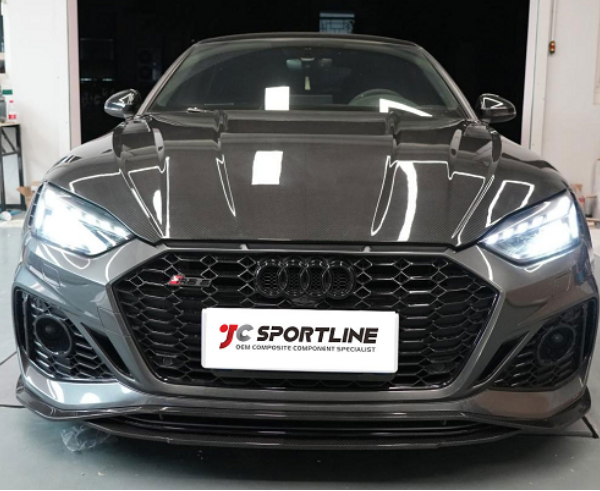
Regular carbon fiber is made from woven carbon fiber fabric. Layers of this fabric are hand-laid, then saturated with resin and cured under heat and pressure.
Advantages:
- Extremely lightweight yet strong in a single direction
- Popular in bike frames, fishing rods, luggage, and high-performance automotive parts
- Classic woven appearance that is instantly recognizable
Disadvantages:
- Directional strength means it can be brittle under certain impacts
- Cutting the woven sheets produces a lot of waste material that is hard to recycle
- Damaged parts often require full replacement rather than repair
What is Forged Carbon Fiber?

Forged carbon fiber is made from short chopped carbon fibers mixed with resin and compressed in a mold under high pressure.
Advantages:
- Strength is evenly distributed in all directions
- Minimal waste during production—leftover pieces from other carbon fiber processes can be reused
- Unique, marbled texture that looks like black marble rather than woven fabric
- Can be partially repaired if damaged
Applications:
- Supercar interiors and aerodynamic body parts
- High-end watch cases and premium consumer electronics
- Performance parts that need high impact resistance, such as bumpers or crash beams
Story: Real-World Example
Imagine you own a BMW M4 and install a forged carbon fiber rear spoiler. On the track, it feels rock solid through high-speed corners. One day, a minor parking mishap bumps the spoiler. With regular carbon fiber, you’d be ordering a new one—but with forged carbon, a repair brings it back to shape.
Color Options for Forged Carbon Fiber
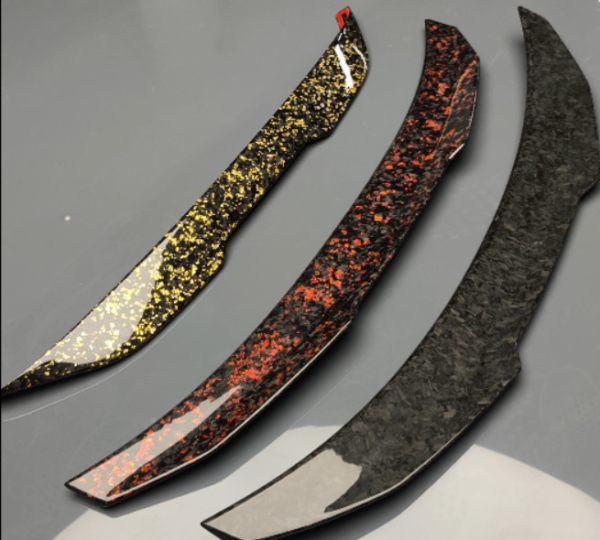
While most people picture forged carbon fiber in classic black, it’s also available in stunning color-infused options:
- Black with gold flake – perfect for luxury builds with a premium edge
- Black with silver flake – sleek and modern, works well with metallic paints
- Black with red, blue, or green accents – adds personality while keeping the carbon fiber look
- Full custom pigment blends – for brands or show cars that want to stand out entirely
These colors are created by mixing metallic or pigmented flakes into the resin before compression, so the finish is permanent—not a surface paint.
Performance Comparison
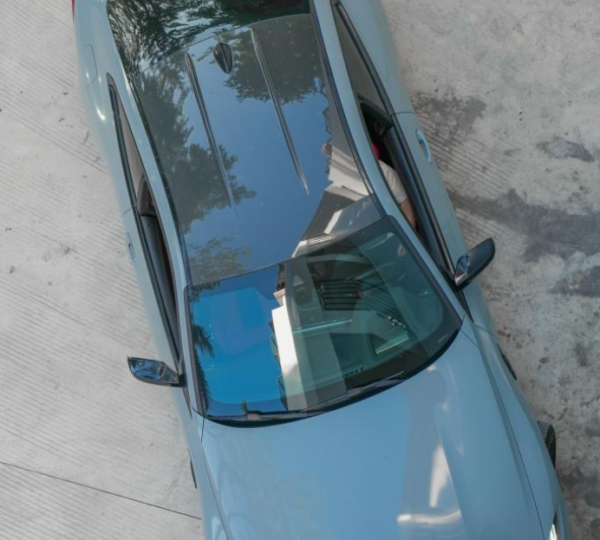
Strength:
- Regular carbon fiber: Best for directional tension (e.g., airplane wings, race car chassis)
- Forged carbon fiber: Better at absorbing impacts from any direction (e.g., automotive bumpers)
Cost & Sustainability:
- Regular carbon fiber: Labor-intensive, more waste, harder to recycle
- Forged carbon fiber: Lower raw material costs, reuses scraps, better for mass production
Appearance:
- Regular: Woven checkerboard pattern, textured feel
- Forged: Random marbled pattern, smooth surface
Repairability:
- Regular: Replace entire part if cracked
- Forged: Localized repairs possible with heat and pressure
Buying Tips
- Choose Regular Carbon Fiber if you need high directional strength for structural applications.
- Choose Forged Carbon Fiber if you want durability, impact resistance, and a distinctive style.
- Watch out for fake printed patterns—authentic carbon fiber (forged or woven) has depth and texture.
- For outdoor use, always apply a UV-protective clear coat to prevent fading.
JCSPORTLINE offers premium forged carbon fiber products for both individual car enthusiasts and B2B partners such as tuning shops, OEM/ODM manufacturers, and distributors. Our manufacturing process delivers high-quality, durable, and visually stunning parts for your vehicle or project.
🚗 B2C customers – Upgrade your car with forged carbon fiber for a unique, high-performance look and feel.
🏢 B2B customers – Get reliable production, consistent quality, and competitive wholesale pricing.
📩 Contact us today to discuss your project and see how forged carbon fiber can transform your product line or vehicle.


